Hold yourself tenderly with the magic and medicine of spring flowers.
spring's floral oracle for trust in thresholds, unseen growth and healing with flower love and lore.
Hello I’m Lyndsay, I am so glad you have found your way here…
Welcome to Story & Thread., a cosy, welcoming place to be inspired by the quiet power of noticing beauty & wonder. Here we explore our creative lives through the lens of the seasons, and what it means to tell our stories with meaningful PR.
All subscribers will receive regular thoughtful posts about mothering, creativity, home and garden through the seasons. You are invited to become a member of The Beauty Thread., to join a creative community for online seasonal gatherings, home guides, co-working spaces and soon, guidance for crafting a considered PR kit for your creative business.
“The older I grow, the more do I love spring and spring flowers. Is it not so with you?”
—Emily Dickinson.
Dearest reader…
Here we are in the final days of May, and of meteorological spring, summer is nearly upon us — how do you feel about the new season’s emergence? Are you a fan of the long, light days, or do you seek the shade and shadows in summer…?
This week I have been fully immersed in half-term shenanigans by day, and have had a head full of flowers by night as I write this, my final post of spring. You can click here to catch up on all of this year’s spring posts, and happenings at The Beauty Thread., with some seasonal reflections and prompts too…
Thinking ahead, you are invited to Gather & Tend. in early summer, at 10-11.15am BST on Monday 16th June 2025.
Gather & Tend. is our cosy co-working/co-tending space — a place to gather ourselves inwards once again, to be together, to take creative cues from the season unfolding, and to tend to our projects with care.
Let’s GATHER and turn towards the light in early summer, at a time where everything is illuminated. We make space to both bask in the rays, and to find respite in the shadowy corners and the edges, to TEND to what needs tending, individually but together…
All members of The Beauty Thread. will receive a link to register by email shortly. You would be so welcome to join us by upgrading your subscription to join The Beauty Thread., or do send me a message if you would like to have a free trial.
You can have a look inside the first Gather & Tend. session that took place in early spring here…
Today, I am writing to you about the flowers that have caught my eye (and heart) in spring — all of which are bound by their magic, medicine and ancient wisdom. They hold us tenderly at the threshold, inviting us to trust in the unseen, they heal us with their softness, reminding us that fullness endures long after the visible bloom.
The flower oracle — a spread for spring.
wisteria | bluebell | peony.
thresholds | trust | healing.
Spring in the garden.
There is always a marked change in the garden between the beginning and the end of each season — none more so than in spring. At the start of March the garden is still a skeleton — stark, quiet and empty, by the end of May it is soft, wild and alive.
My role within the garden this season seems to have traced a fine line between gentle tending, and letting go. Sowing seeds in March requires gentle, intentional action — making an inventory of leftover seeds, placing orders for new ones, preparing seed trays and eventually sowing the seeds, then watering and waiting. The act of sowing seeds is incredibly healing — perhaps it is the repetition of hand moving between seed packet and soil, or it is the knowledge that I am planting promises for the weeks and months ahead. After a few weeks of nurturing nascent seedlings, action is required again, to pot the seedlings onto bigger pots, to allow them space, to not stifle their growth, to allow them to thrive.
In the garden itself, I have watched the winter flowers to fade, letting their stems droop and splay without cutting them back to allow optimum sunlight to reach them and be stored as energy in their bulbs for future growth. The warm, bright days of this London spring have caused the garden to explode with vitality, as if overnight. Daffodils and narcissi were soon joined by tulips, then the tall, pretty stems of fringecups, and a burgeoning of bluebells.
Just like the Emily Dickinson quote above, spring in the garden brings me more and more joy as each year passes — there is hope in the garden in spring as life and colour returns, and yet there is still time for much, much more…
Messages from spring flowers…
Wisteria — thresholds | longevity | patience.
“In pale moonlight / the wisteria's scent / comes from far away”.
Yosa Buson.
Wisteria, most commonly Wisteria sinensis (Chinese wisteria) or Wisteria floribunda (Japanese wisteria), in the legume family Fabaceae. The plant is thought to have been named wisteria by English botanist Thomas Nuttall, after American anatomist Caspar Wistar. Wisteria's older botanical name is Glycine, derived from the Greek word meaning ‘sweet plant’. In Japan, wisteria is called ‘fuji’, 藤, and in China, ‘zi teng’ (紫藤), which translates to ‘purple vine’ or ‘blue vine’.
Wisteria is a vigorous climbing vine with twining stems bearing pinnate leaves in spring and summer, and cascades of long pendulous clusters of sweet-scented pea-like flowers in violet, pink or white in spring. It can take fifteen years for a young wisteria plant to flower, and despite their relatively short flowering time in spring, the plant can be very long-lived. Fukuchiyama City in Kyoto Prefecture is home to a silky wisteria called Sainokami no Fuji which is estimated to be over 1,200 years old. Thus in many cultures, wisteria symbolises longevity, beauty and endurance.
Wisteria has been long-cherished in Japan — the country’s oldest fabric dates back to the prehistoric Jomon period, is called ‘fuji-fu’, and was made using the fibres of wisteria vines. The ancient art of weaving the fibres of wisteria vines is still used today, and is officially a celebrated heritage craft. As well as its durability and beauty, it was thought that the vitality of the plant would be transferred to the wearer.
Chinese wisteria first appeared in the West in 1816 when cuttings were brought to Britain by John Reeves, Chief Inspector of Tea at the East India Company near Canton in China. Wisteria has been a favourite of British gardeners since the early 19th century. In the early 1900s, as a reaction to the rigid Victorian style, and inspired by the Arts & Crafts movement, gardens became increasingly informal — pergolas and archways covered with wisteria and roses were common features.
The bright, warm days of spring this year (and perhaps a hard prune in late winter) helped to produce a profusion of beautiful, almost otherworldly blooms on the wisteria that entwines the balcony at the back of our house, and brought us a substantial dose of daily wonder and joy.
This spring, I found myself being led onto the balcony time and time again; invited by the breathtaking pale pink flowers and the intoxicating scent that spills inside the railings and pours beyond. My awareness of its transient beauty magnifying its magic, making me want to soak it in all the more…
Message from wisteria.
As well as its symbolism of longevity and enduring beauty, according to Floriography (the secret language of flowers, popular in the Victorian era), wisteria signifies potent thresholds and a welcome into new beginnings, due to both its tendency to entwine and adorn entrances, and the timing of its appearance that heralds a deepening into spring.
Wisteria holds us entranced within a threshold, imagining and dreaming of the possibility and potential beyond. It is an invitation to linger longer in the liminal, to be curious, and to find beauty within the in-between of portals leading us towards new seasons and chapters within our lives.
Wisteria serves as a reminder that whilst the outward bloom is captivating, it can be fleeting, and that the path to flourishing in a sustainable, enduring way lies in tending to the roots, foundations and structure.
*How can you turn your attention to tending the roots, foundations and structure of your work/life?
For more words on wisteria, see the post below…
Bluebell — deep trust | unseen growth | magic.
There is a silent eloquence
In every wild bluebell
That fills my softened heart with bliss
That words could never tell.
—Anne Brontë.
The bluebell, botanical name, Hyacinthoides non-scripta, formerly Endymion non-scriptus, in the family Asparagaceae. The botanical name denotes its similarity to the hyacinth, but the epithet ‘non-scriptus’ meaning ‘unmarked’ was intended to distinguish it from the classical hyacinth of Greek mythology. The flower also has a long and storied history in British folklore and is known as English bluebell, British bluebell, English harebell, wild hyacinth, witches’ thimbles, lady’s nightcap, fairy flower.
Usually deep violet-blue in colour, bluebells are bell-shaped with six petals that peel upwards at the tips. Bluebells are sweet-smelling and nod to one side of the stem. They spend the majority of their time not in flower but underground as bulbs, emerging from April, their arrival signifying that spring is in full swing.
Native to western parts of Atlantic Europe, from north-western Spain to Great Britain and Ireland, they appear in their greatest densities in Britain and Ireland, where ‘bluebell woods’ are a familiar sight in spring. It is thought that up to half of the world’s bluebells reside here in the British Isles.
Bluebells emerge where the earth has not been disturbed — they are a marker of ancient woodland. Always an enchanting sight, bluebells appear in countless folk tales. Bluebell woods are believed to be woven with fairy enchantments used to trap humans. It is also said that fairies hang their spells out to dry on bluebells — to pick or trample a bluebell breaks a spell and could unleash wild magic on the perpetrator. It is widely believed that picking a bluebell is unwise, not only that, but the Wildlife and Countryside Act (1981) decrees that digging up a bluebell plant or a bulb in the countryside is prohibited.
Clumps of bluebells emerge in our garden in April, just as the narcissi and other ‘winterspring’ flowers are fading. Bluebells germinate near their parent plant in the autumn and it takes between 4-5 years from this first burrowing, to flowering. I love this reminder of slow growth, and the realisation that the younger bluebells in the garden were probably in their infancy during my daughter’s first spring in 2020.
A trip to see the bluebells in our local ancient woods has become a pilgrimage each April. The ‘bluebell woods’ transport me back to the surreal spring days of the first lockdown in 2020, when I spent every day walking there with a sleeping baby wrapped to my body in a fabric sling. Each year, the bluebells appear the most densely in the inner sanctum of the woodland, a spellbinding ethereal mist rising from the earth.
Message from the bluebell.
The bluebell is the floral symbol of deep trust in the unseen and all that is unfolding beyond our own perception.
The bluebell reminds us of the often intangible and unseen work we do below ground level, to craft, tend and hone our creative work and growth during the quieter, less visible seasons. The flower is an invitation to trust the in slow growth and the work we are doing to build the foundations of something meaningful, and perhaps even magical.
*What can you remove from your to-do list, to make space for tending to your creative work?
You can read more on bluebells below…
Peony — healing | opening | romance.
“Do you also hurry, half-dressed and barefoot, into the garden,
and softly,
and exclaiming of their dearness,
fill your arms with the white and pink flowers,
with their honeyed heaviness, their lush trembling,
their eagerness
to be wild and perfect for a moment, before they are
nothing, forever?”
—Mary Oliver, Peonies.
Peony, botanical name, Paeonia, the only genus in the family Paeoniaceae. The name of Greek origin is thought to mean ‘healing’, being named after Paeon, physician of the gods who discovered and used the milky substance from the root of the peony to cure a variety of ills.
There are many varieties of peony which fall into one of three types, but all have sumptuous, romantic blooms from late spring. Herbaceous peonies have single or double bowl-shaped flowers in white, cream, pink, yellow and red. Tree peonies are shrubs, with permanent, woody stems and even larger flowers than the herbaceous types. Intersectional peonies are hybrids between tree and herbaceous peonies — the flowers are the largest of all the peonies, and are produced over a longer period1.
Peonies are native to Asia, Europe, and North America, with China being a significant source of the plant's history, where the peony was named ‘king of the flowers’ and was once considered the country’s national flower (it is now officially the plum blossom). Wild herbaceous peonies were found in Mediterranean regions of Europe, and are likely to have been spread into much of Europe by the Romans who, like the Chinese, used the peony for its medicinal value.
In Traditional Chinese Medicine, it is believed that peony is calming, cooling, and soothing. The essence of the dried root of Paeonia lactiflora has been used for more than 1,200 years to relieve rheumatoid arthritis, muscle cramping, spasms, seizures, epilepsy, and extensively within women's hormonal and reproductive health — providing support for problems with painful or delayed menstruation, as an aid in childbirth, and through the changes women face during the menopause2. It is striking that in both Greece and China written records survive from the 1st century CE which speak of the beneficial medical properties of peonies.
Despite finding the peony beautiful in its overspilling softness and “honeyed heaviness”, we don’t have any in the garden (yet — though I have noted that peonies are best planted in autumn, which is perfect timing for adding to my September birthday list!).
Even so, I love having peonies in the house and earlier this month, a friend brought over a bunch of cream peonies from Columbia Road following my daughter’s fall that resulted in a serious fracture. The peonies brought me solace as they opened generously in the warm spring sunshine, even more so now I know their medicinal meaning — I wonder if my friend sensed the potency of their ancient history of healing when she picked them up…
Message from the peony.
The peony is a floral symbol of our capacity to heal, in relationship with the cyclical nature of the living world.
Fill your arms with softness and allow yourself to open, trusting in your capacity to heal and to reach your fullest expression. Find comfort in the calming, cooling medicine of the peony, a reminder of the importance of quietude and rest as an essential part of healing and growth. The peony invites us into wholeness, into knowing that we too are both wild and perfect, as we soften unapologetically into the bloom.
*How can rest and the peony’s medicine support you in the season ahead?
Thank you so much for reading, I do hope you have enjoyed the spring season here at Story & Thread.
I would love to know which flowers you have been drawn to this spring and what they mean to you. Or indeed, if anything comes up as you read the spring floral oracles and prompts.
I hope to chat more with you in the comments, or of course feel free to send me an email, it is always lovely to hear from you.
P.S. I have been making some changes and tweaks behind the scenes at The Beauty Thread., the paid membership within Story & Thread.
Introducing The Beauty Thread. by Lyndsay.
Tending and telling our stories inspired by the quiet power of noticing beauty & wonder.
*creative gatherings | co-working | considered space | crafted PR*.
If you are feeling overwhelmed, out of alignment with your inner wisdom, and holding your stories tightly inside, this is an invitation to join The Beauty Thread. — a home that will provide you with time, space and quietude to come into relationship with yourself and the world around you. A place to put down roots, to cultivate your soil, to nurture your inner landscape, a place to grow from…
I would love to support you in your own homecoming with a multi-layered offering at The Beauty Thread. including seasonal creative gatherings, cosy co-working sessions, a series of guides to help you create an intentional and joyful home, and resources to support you in crafting the stories of your creative business using meaningful PR in a considered and sustainable way.
It would be an honour to welcome you into the cosy, creative community at The Beauty Thread….you can find all of the details are in the page below…
Welcome to The Beauty Thread. by Lyndsay.
Tending and telling our stories inspired by the quiet power of noticing beauty & wonder.
https://www.rhs.org.uk/plants/peony
Paeonia lactiflora continues to be used as a herb in Traditional Chinese Medicine today, please seek professional advice when using peony medicinally


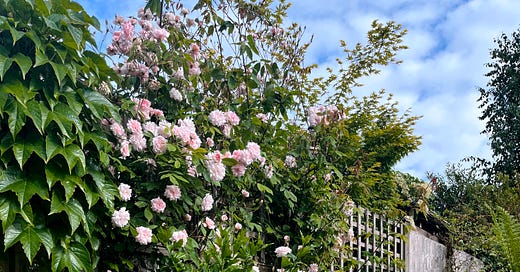






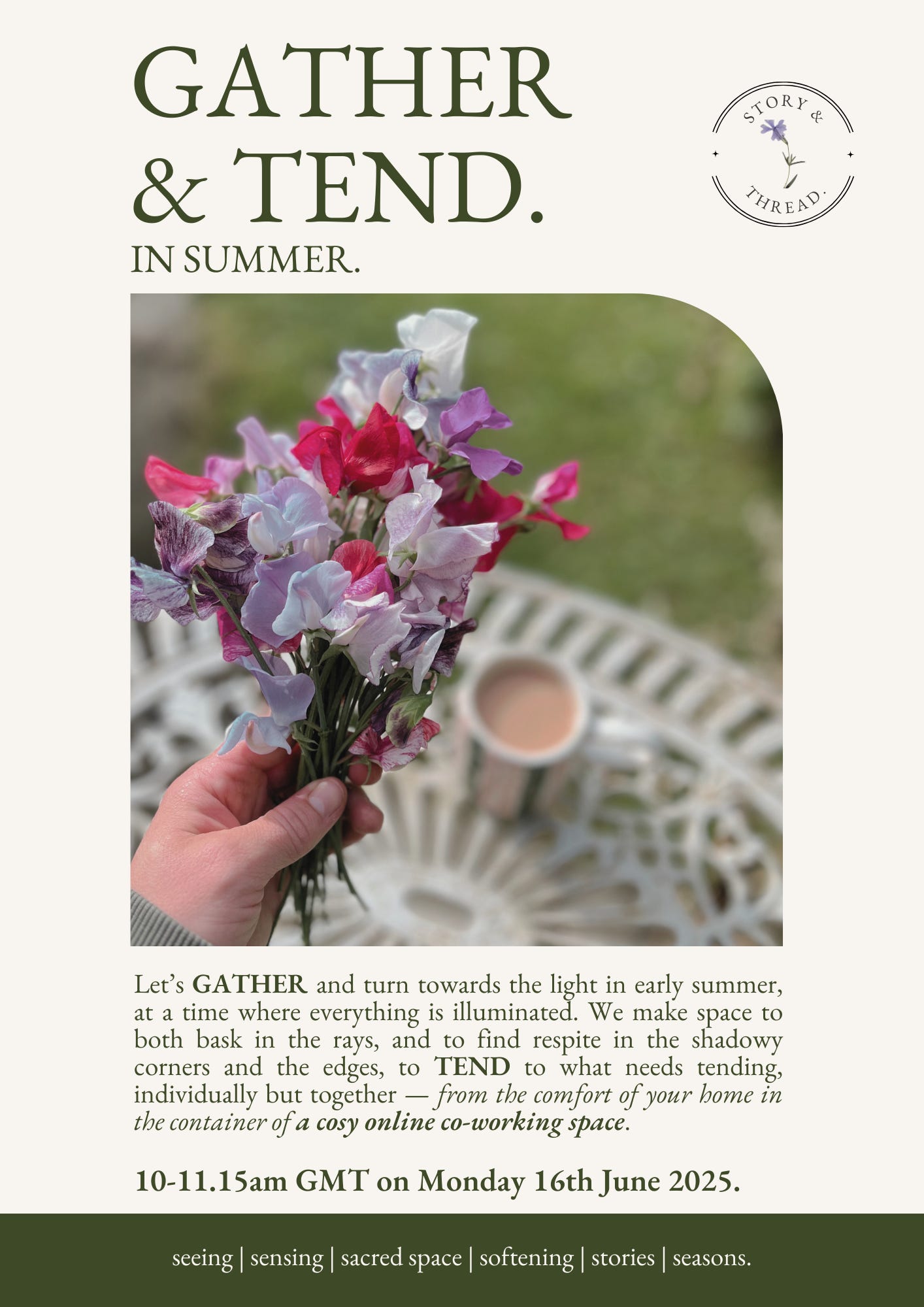
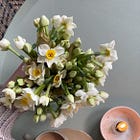
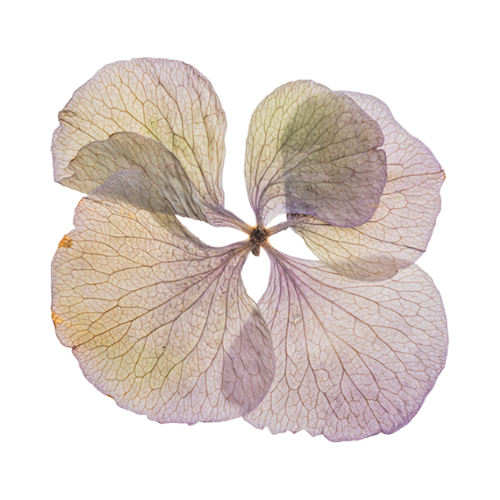
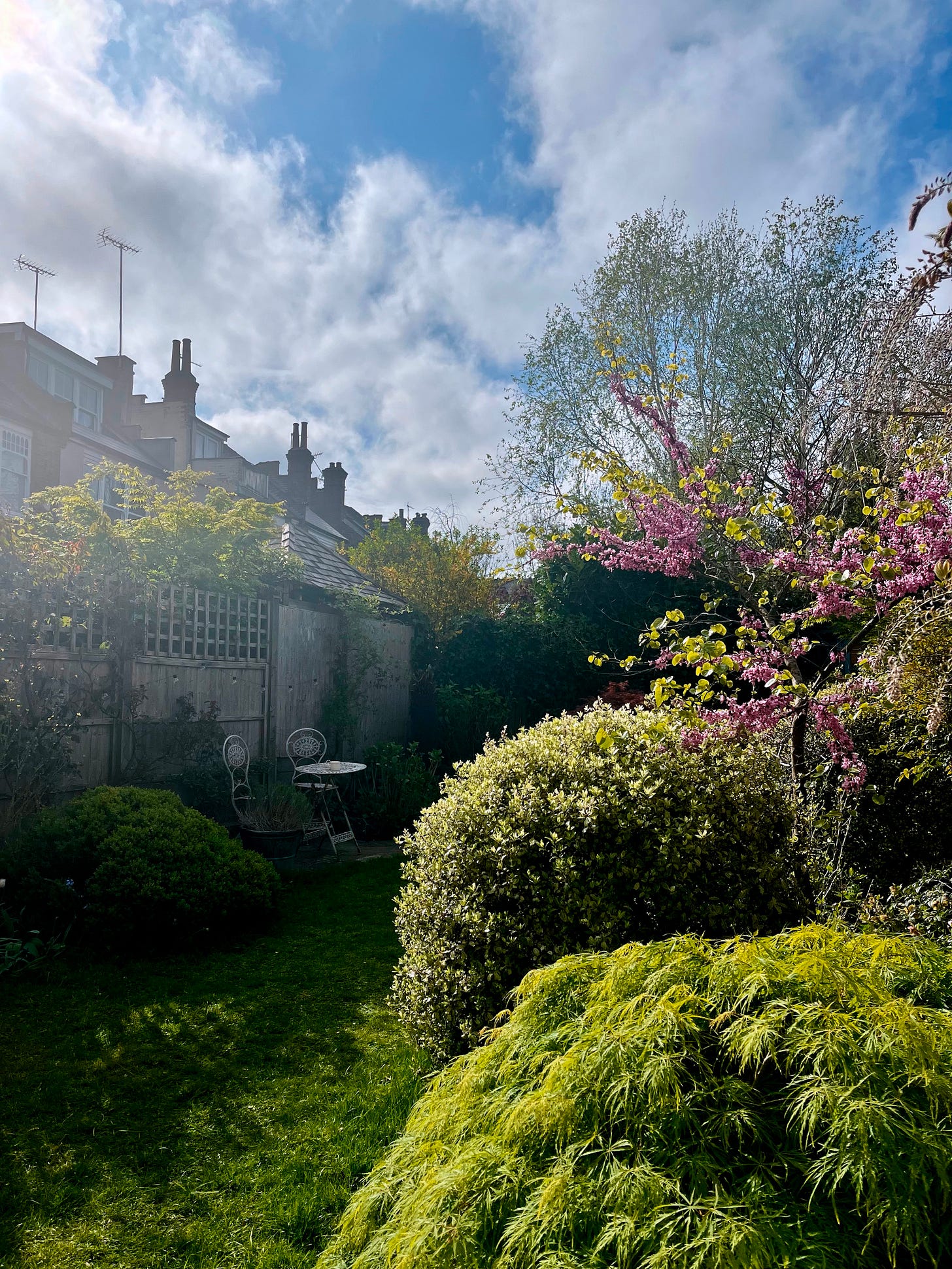
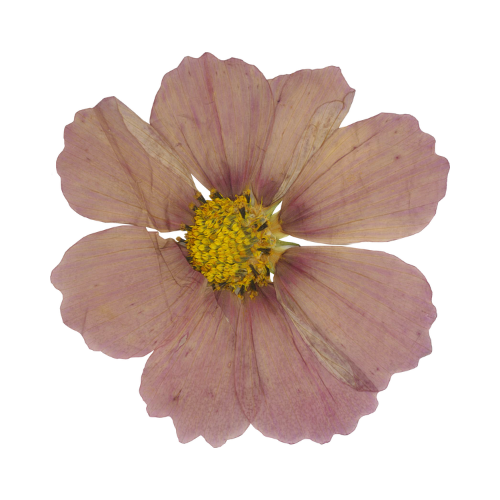
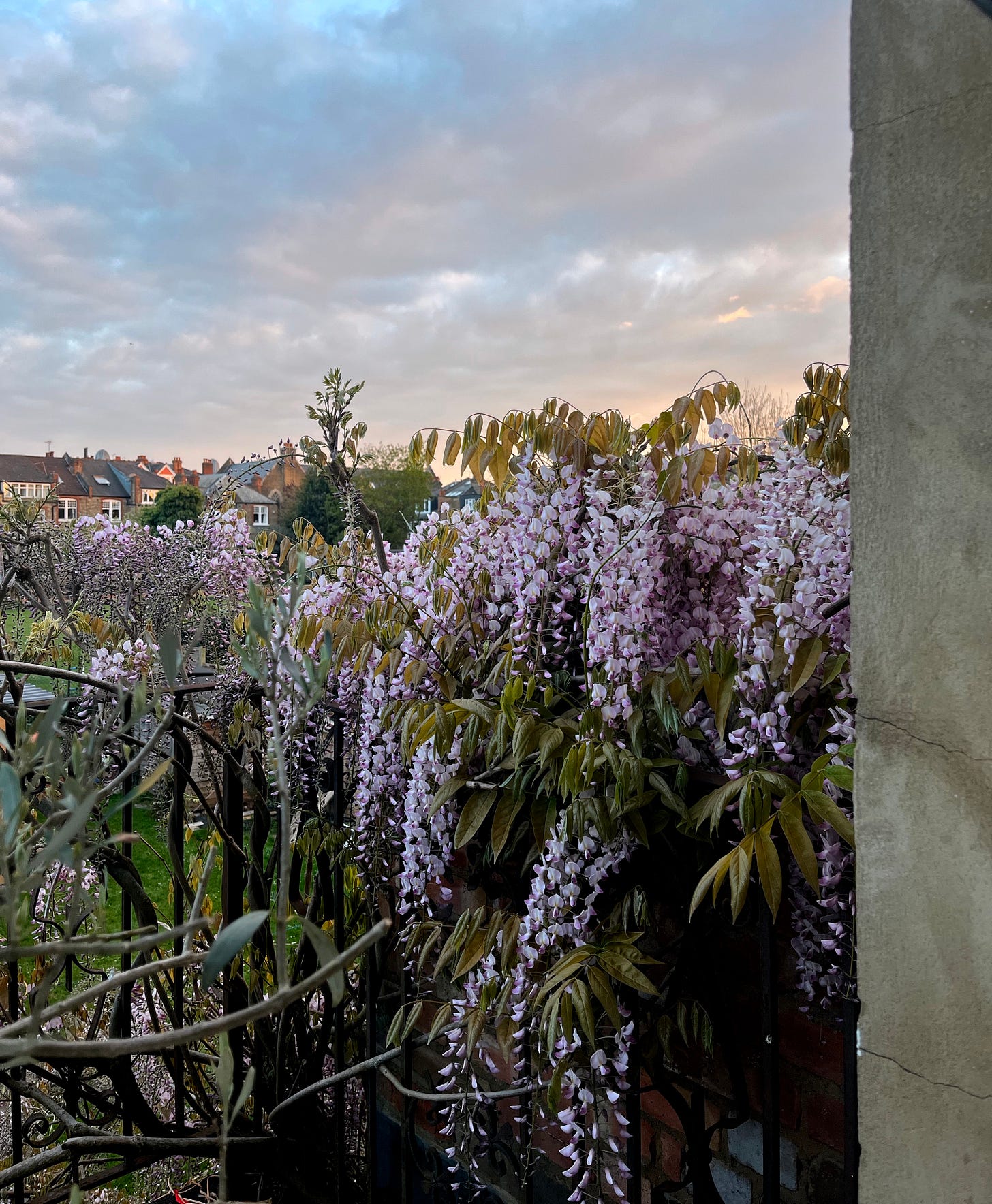
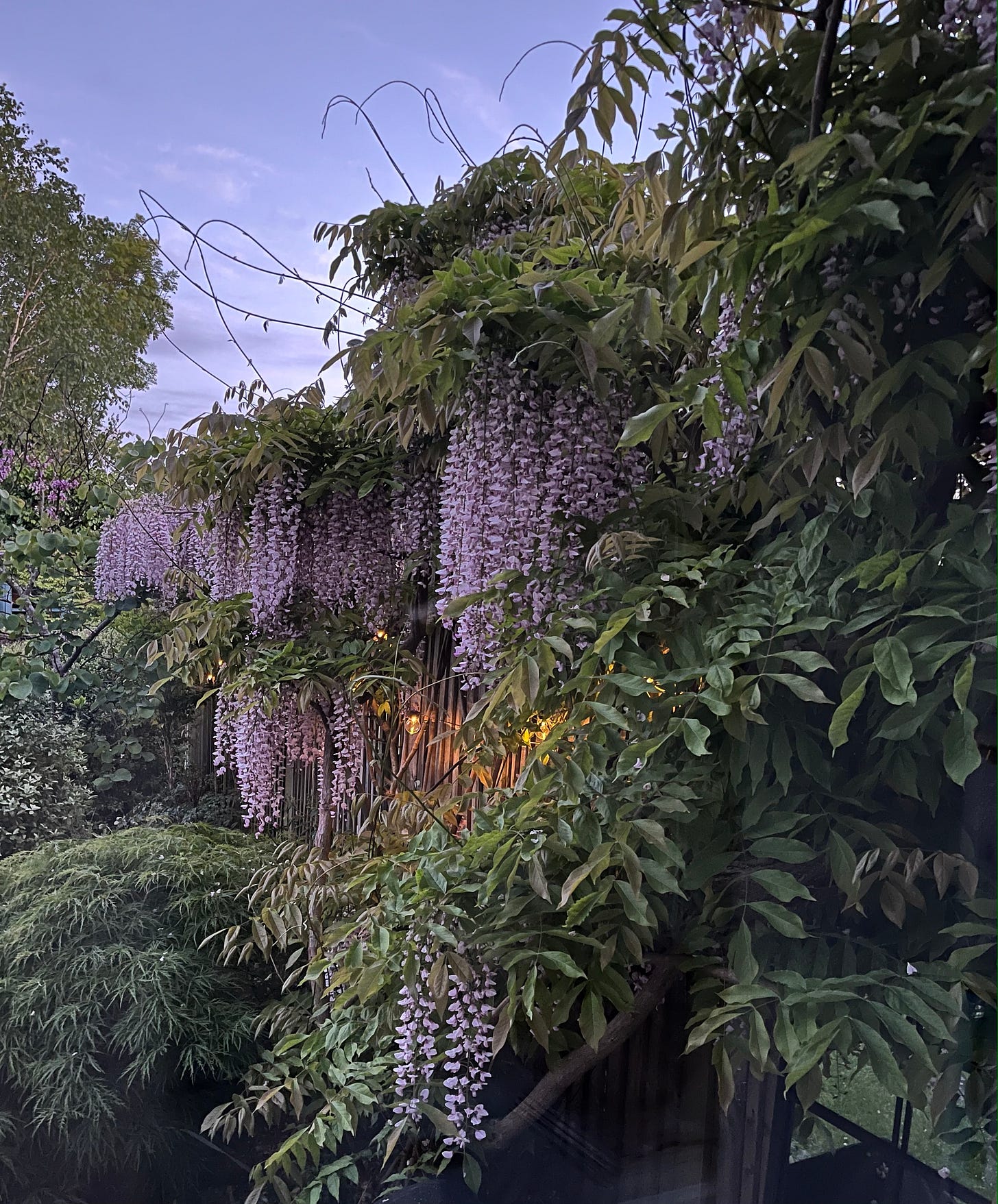


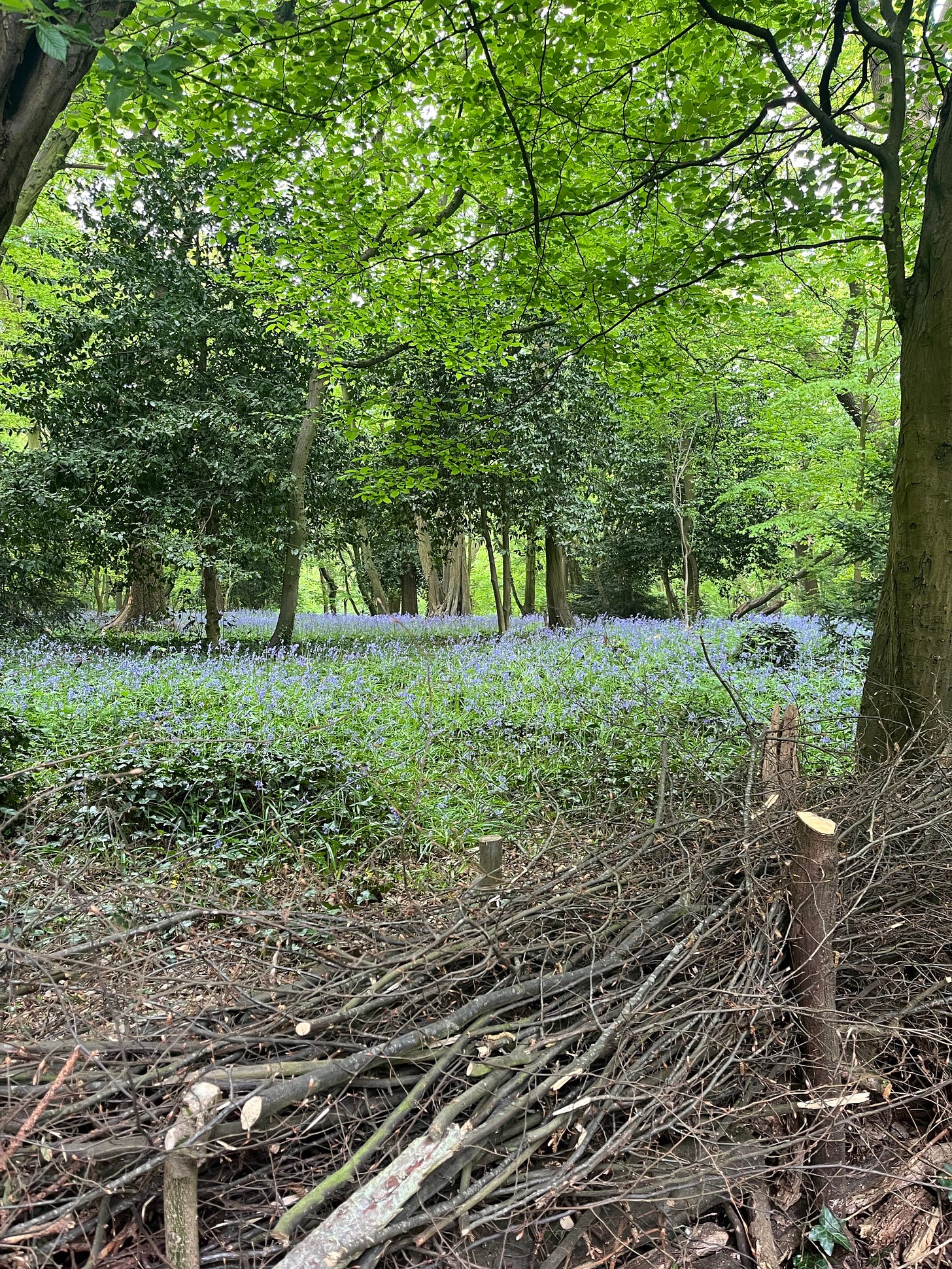


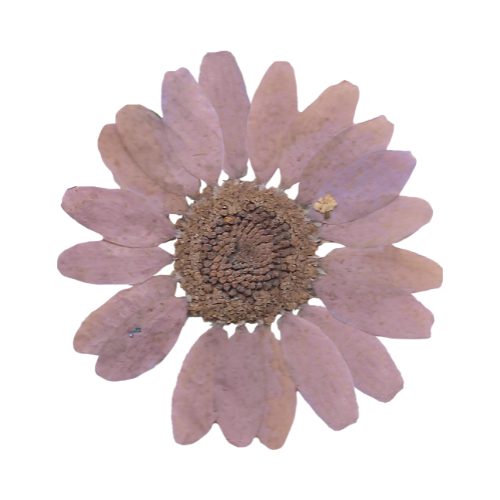
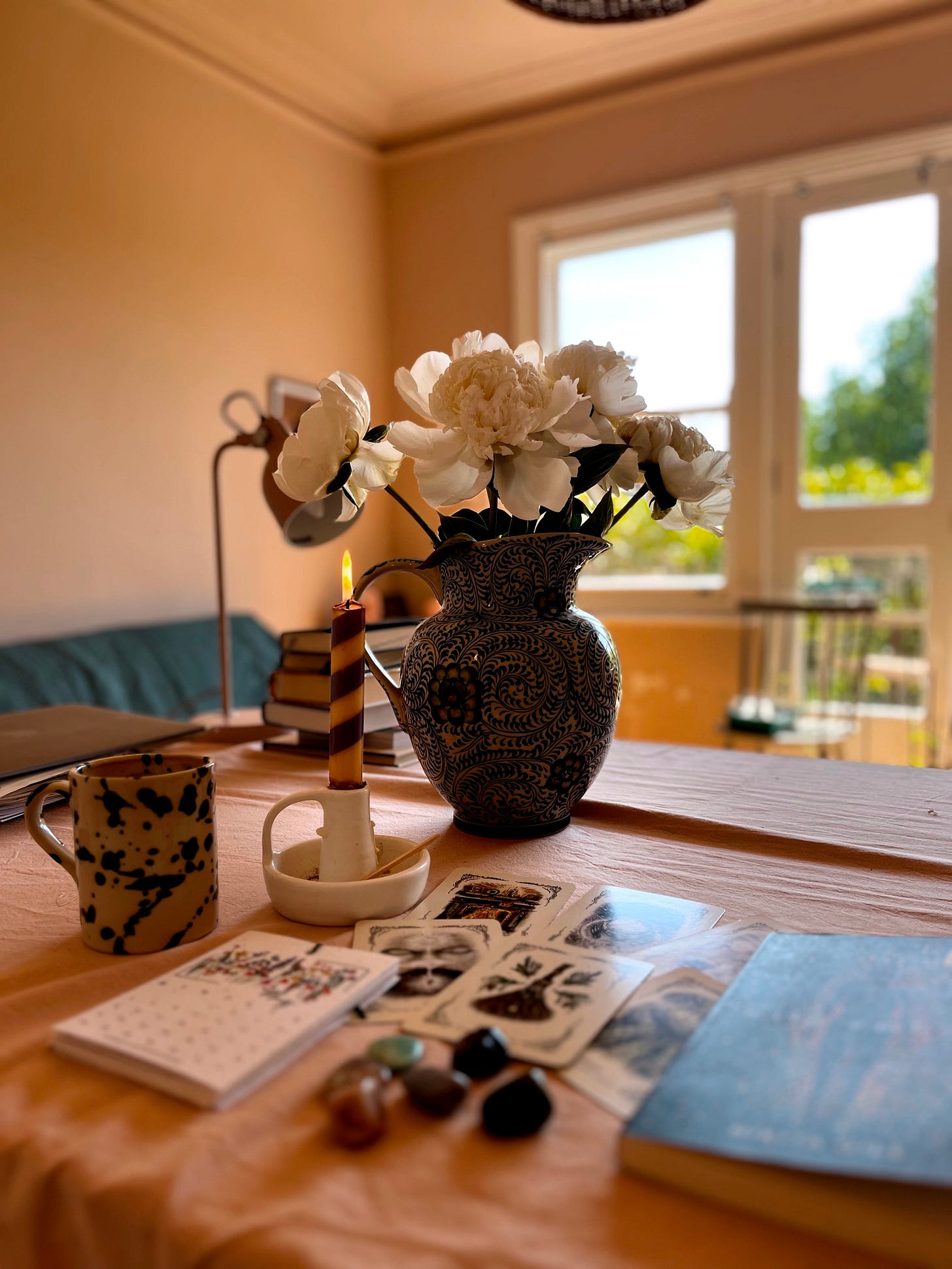




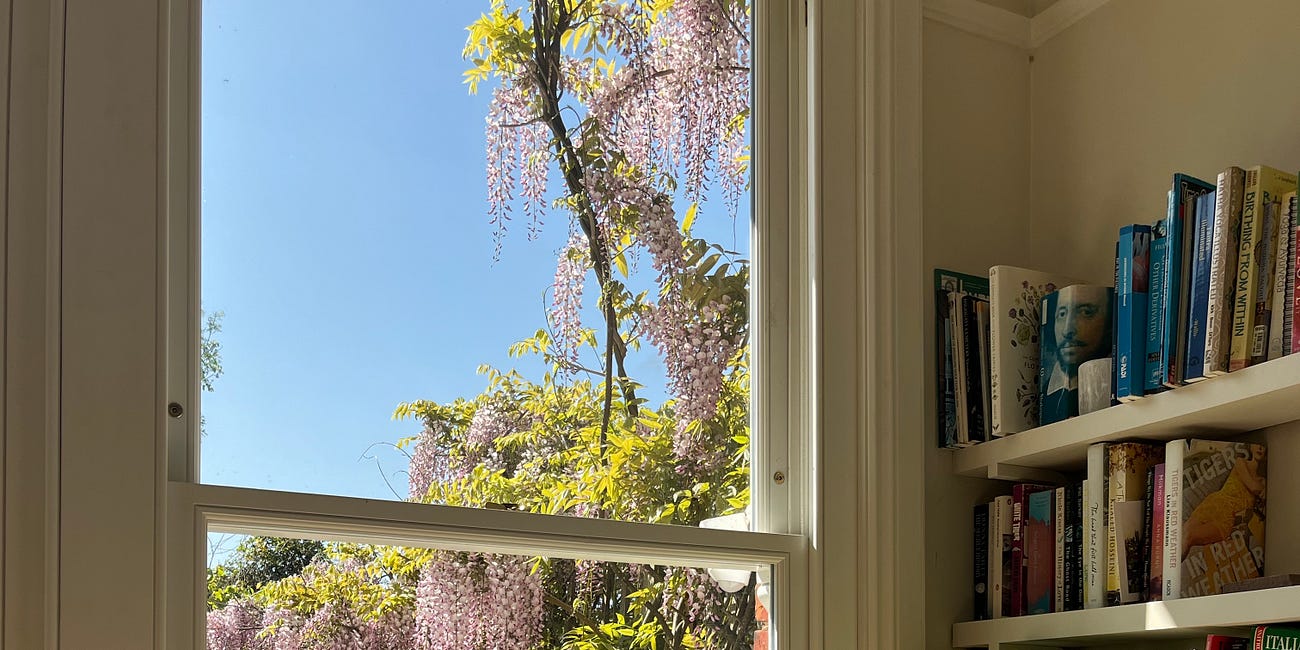

Your photos are always so lovely and calming, Lyndsay 🙂🌸
All of them!! But as you know the Peony has a very special place in my heart. My herbalist gave me a tonic with peony medicine in when I was preparing to conceive my second daughter. I bought myself my first peony this year and she has just bloomed with heavy white/pink flowers and they are almost gone now… the Mary Oliver poem says it all. I go on a Peony pilgrimage every year to some of the local gardens because I just can’t get enough of them. Beautiful words as always my dear, I love your flower oracles. Thank you xxx